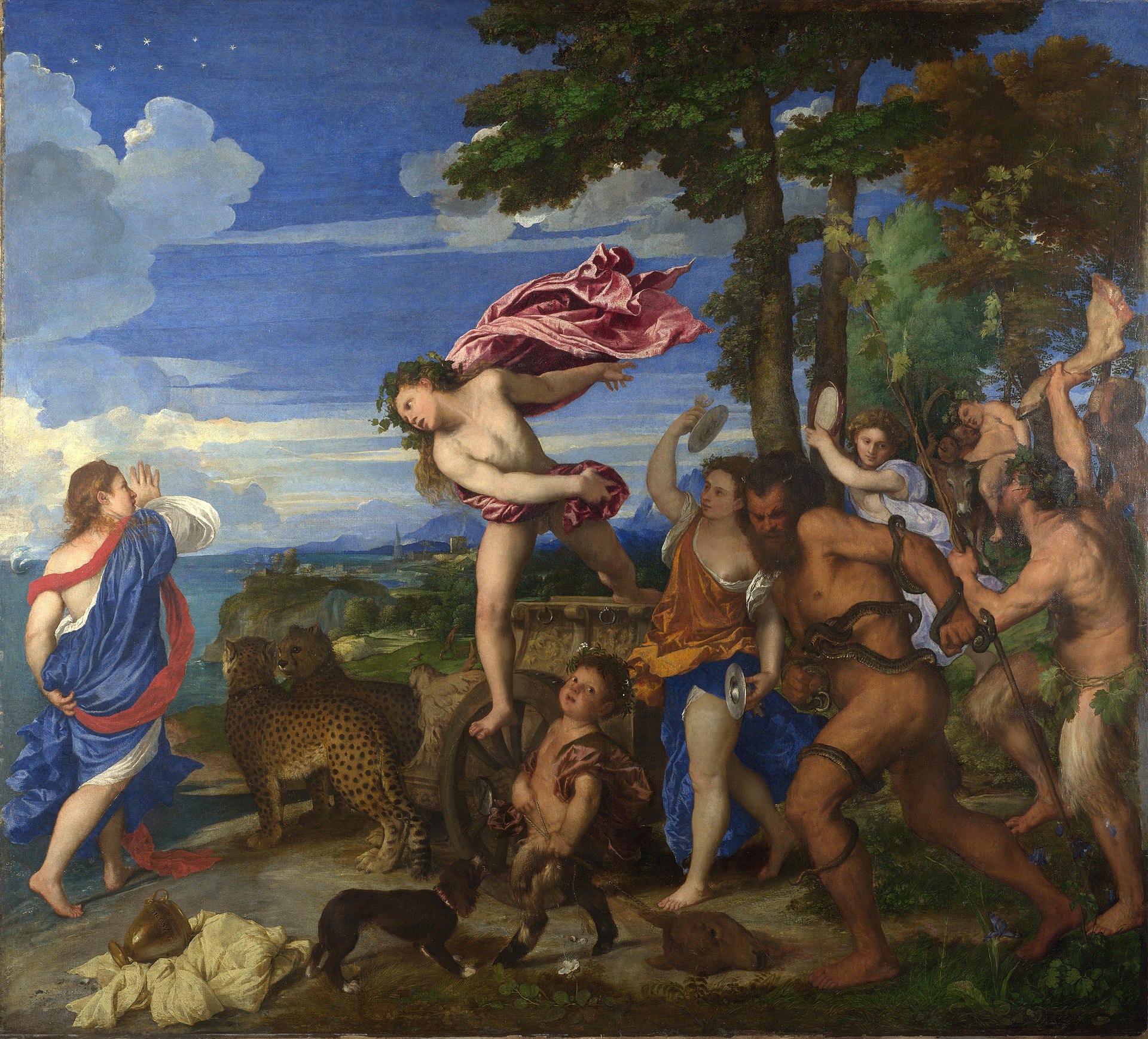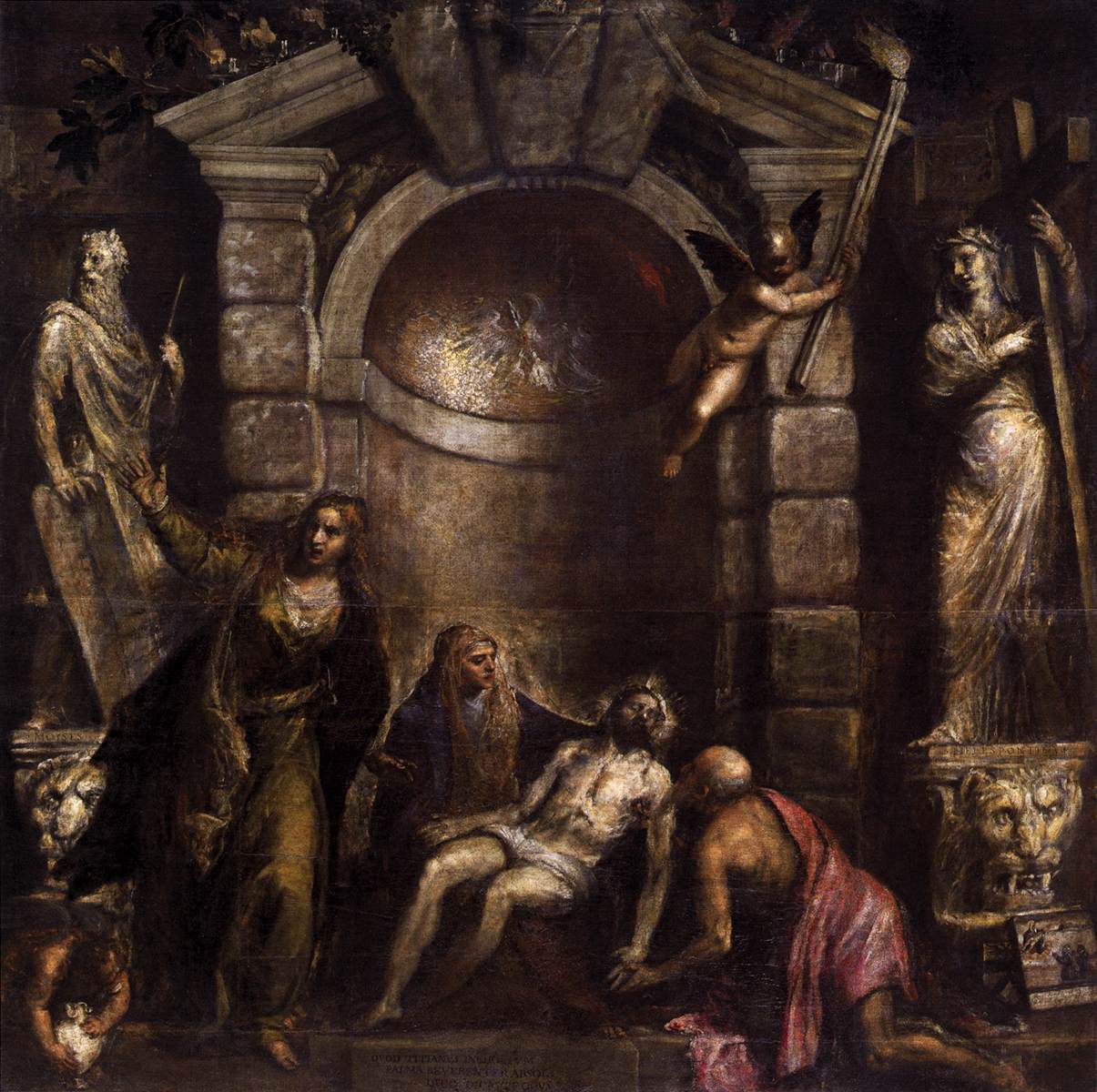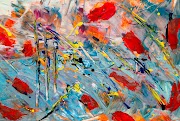About
 |
| Self Portrait by Titian 1567 |
Titian(1488-1576), also known as Tiziano Vecellio, was an Italian painter and one of the greatest artists of the High Renaissance period. His masterful use of color, skillful technique, and ability to capture the human form with remarkable realism set him apart as a true visionary.
Why is Titian popular and what made Titian paintings special
Titian's popularity stems from his exceptional artistic talent and significant contributions to the art world during the Renaissance. His innovative techniques, such as his masterful use of color, dynamic compositions, and meticulous attention to detail, set him apart as a true genius. Titian's ability to capture human emotion and bring his subjects to life added a profound depth to his paintings, making them relatable and engaging for viewers. His works continue to resonate with audiences, transcending time and cultural barriers. Titian's enduring popularity is a testament to his remarkable artistic vision and his profound impact on the history of art.
Why was Titian important to the renaissance
Titian's importance to the Renaissance cannot be overstated. He played a pivotal role in the development and transformation of art during this transformative period in history. There are several reasons why Titian is considered an essential figure in the Renaissance movement.
Firstly, Titian's innovative use of color was groundbreaking. He mastered the technique of layering translucent glazes, creating a luminous quality in his paintings that brought his subjects to life. This approach revolutionized the way artists understood and employed color, influencing generations of painters to come.
Secondly, Titian's ability to portray the human form with remarkable realism and depth had a profound impact on the artistic community. His skillful rendering of anatomy, texture, and expression brought a new level of naturalism to his works, elevating the standards of artistic representation during the Renaissance.
Additionally, Titian's artistic versatility was noteworthy. He successfully tackled various genres, including portraits, religious and mythological scenes, landscapes, and historical narratives. His ability to excel in multiple genres demonstrated his mastery of diverse subject matters, cementing his reputation as a versatile and accomplished artist.
Moreover, Titian's role as a mentor and influencer cannot be overlooked. He trained numerous artists who went on to become significant figures in their own right, thus perpetuating his artistic principles and techniques throughout the Renaissance period.
Overall, Titian's technical prowess, artistic vision, and immense contribution to the art world made him a central figure in the Renaissance movement. His innovative approaches to color, realism, and genre expanded the boundaries of artistic expression, leaving an enduring legacy that continues to inspire and captivate audiences to this day. To know more about the painting style of Titan we need to see 10 most famous paintings by Titian.
Ten of Titian's most famous paintings:
2. "Assumption of the Virgin(Titian),": This iconic painting, housed in the Basilica di Santa Maria Gloriosa dei Frari in Venice, showcases Titian's mastery of composition, vibrant colors, and dramatic lighting. It depicts the Virgin Mary ascending to heaven, surrounded by a host of heavenly figures. This painting is undoubtedly one of the Titian best paintings.
.jpeg) |
| Assumption of the Virgin(Titian) 1516-1518 |
3. "Bacchus and Ariadne by Titian": Held in the National Gallery in London, this work is a testament to Titian's ability to capture the beauty and dynamism of mythological subjects. The painting depicts the moment when Bacchus, the god of wine, spots Ariadne and falls in love with her.
 |
| Bacchus and Ariadne by Titian (1520-1523) |
4. “Pietà(Titian)": Titian's rendition of the Pieta, currently housed in the Gallerie dell'Accademia in Venice, portrays the sorrowful moment after the crucifixion of Christ. It showcases the artist's exceptional ability to convey raw human emotion through his brushstrokes.
 |
| Pietà(Titian) 1575 |
5. "Diana and Actaeon": Part of Titian's "Diana" series, this painting is a powerful representation of the mythological story of Actaeon, who stumbled upon Diana bathing and suffered her wrath. The work showcases Titian's skill in portraying dynamic action and intricate details.
 |
| Diana and Actaeon by Titian 1556-1559 |
6. "Venus of Urbino": Housed in the Uffizi Gallery in Florence, this painting is considered one of Titian's most provocative works. It portrays a reclining Venus with an unabashed sensuality, showcasing Titian's ability to capture the human form with a remarkable naturalism.
 |
| Venus of Urbino by Titian 1534 |
8. "The Flaying of Marsyas": This powerful painting, housed in the Kroměříž Castle in the Czech Republic, depicts the gruesome mythological tale of Marsyas, who was flayed alive as punishment. Titian's attention to detail and his ability to portray the human body are evident in this work.
 |
| The Flaying of Marsyas by Titian (1570-1576) |
9. "Danaë": Painted for Philip II of Spain, this piece is a sensual portrayal of the mythological princess Danaë. Titian's use of warm colors and soft lighting creates an atmosphere of intimacy and beauty.
 |
| Danaë (Titian) 1544-1546 |
10. "The Crowning with Thorns": This haunting depiction of Christ's suffering, located in the Louvre Museum in Paris, showcases Titian's ability to capture the emotional intensity of religious subjects. The painting's dark palette and expressive brushwork convey the weight of Christ's sacrifice.
.jpeg) |
| The Crowning with Thorns(Titian) 1542-1543 |
Bottom Line
Titian's paintings were characterized by his innovative use of color, his ability to capture the human form, and his masterful storytelling. He played a crucial role in the development of High Renaissance art, and his works continue to inspire and captivate audiences to this day. Through his contributions to the art world, Titian left an indelible mark on the Renaissance period. His ability to bring subjects to life, infuse his works with emotion, and create visual narratives made him a revered figure in art history. Titian's paintings remain cherished treasures, admired for their technical brilliance, artistic vision, and enduring beauty.
















.jpg)



.jpg)




0 Comments